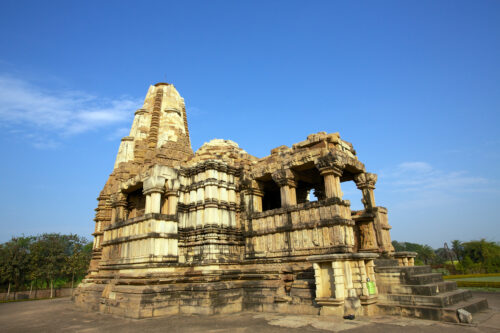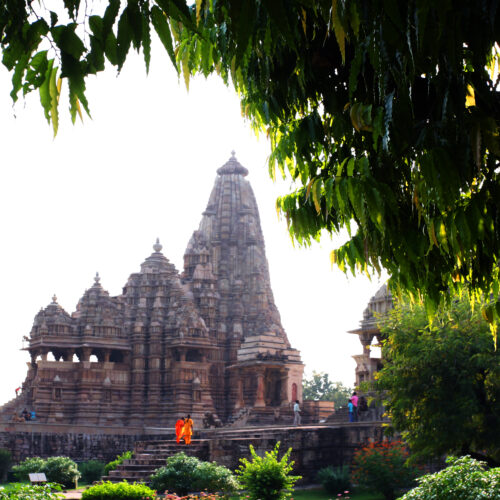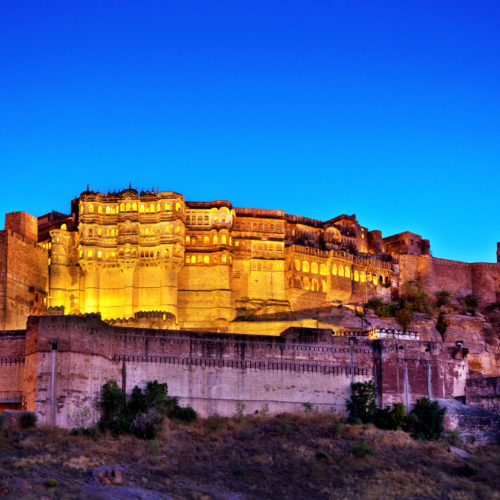10 Amazing Ways to Explore the Maldives



Khajuraho has some of the finest temples in the world, featuring three groups of World Heritage listed temple complexes.
Restored after nearly a millennium of neglect these temples are an integral part of any historic tour of India’s architectural legacy.
Spread over approximately 20 square kilometers, the temples were built from AD 950 to 1050 during the Chandela dynasty. 22 of the original 85 still remain today. The resplendent temples were only rediscovered by the British, as recently as 1838. Well known for the erotic carvings, they are often referred to as the Karma Sutra temples due to the explicit and sensual nature of the friezes.
The Western group of temples is a primary attraction due to the exquisite intricacy of the carvings, of which Lakshmana and Kandariya Mahadeva and Vishvanatha are the main focus. Set within picturesque manicured gardens full of bougainvillea, the soft sandstone sculptures are carved in such high relief that they appear to be almost three-dimensional.
It is also worth visiting the Eastern temples, which offer a reprise from the crowds and are extremely atmospheric. Here you will find a two meter high statue of the monkey god Hanuman, which is considered to predate all of Khajuraho’s temples and shrines.




